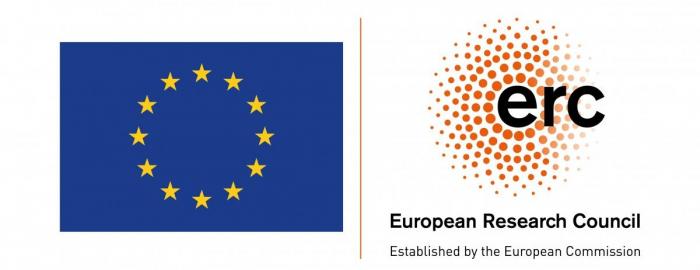Modern cosmology assumes that General Relativity (GR) is the correct description of gravity on large scales. With this assumption and according to current data, the cosmological model needs in addition the existence of a Dark Sector: Dark Matter (DM) and Dark Energy (DE). We know very little about the nature of DM and it is yet to be detected experimentally. The simplest form of DE compatible with the data, a cosmological constant, has a value incompatible with our understanding of Quantum Field Theory. Given that the extrapolation of GR to cosmological scales has not been tested it is possible that the inference of the Dark Sector also needs to be revised.
I propose to (i) determine the nature of DM and DE to a level not achieved before, (ii) test gravity on cosmological scales and (iii) test the screening of new gravitational degrees of freedom in the solar system. The first two goals will require the use of my general framework to parameterize field equations [Skordis, PRD, 79, 123527 (2008); Baker, Ferreira & Skordis, PRD, 87, 024015 (2013)]. My team will use this framework to construct simple models and observations to place limits on their parameters. We will employ the Cosmic Microwave Background (CMB) observations from ESA’s Planck Surveyor and the Atacama Cosmology Telescope. We will determine the sensitivity of the CMB lensing to the properties of DM and theories of gravity. To break possible degeneracies these data will be supplemented with large- scale structure data, weak lensing and red-shift space distortions. We will also perform forecasting for ESA’s EUCLID mission which will give us a handle on how well we will constrain GR with cosmology in the future. For the final goal (iii) we will employ the method of [Padilla & Saffin, JHEP 1207, 122 (2012)] to construct a perturbative expansion of theories that exhibit screening, inside the screening radius. We will determine the compatibility of such theories with solar system and other strong-field data.
This project is financed by EU.
